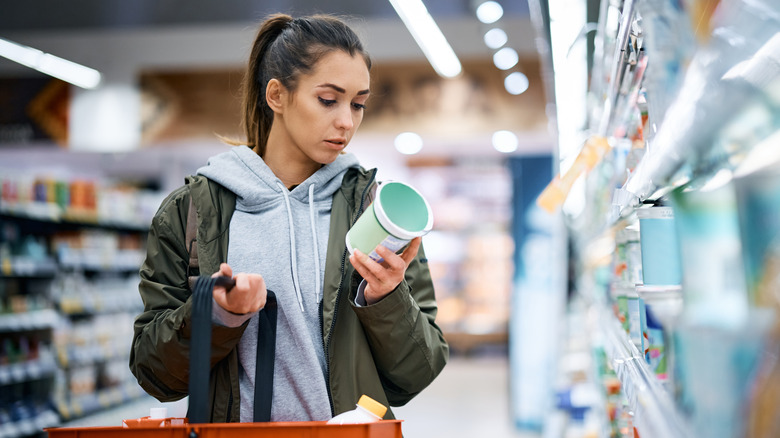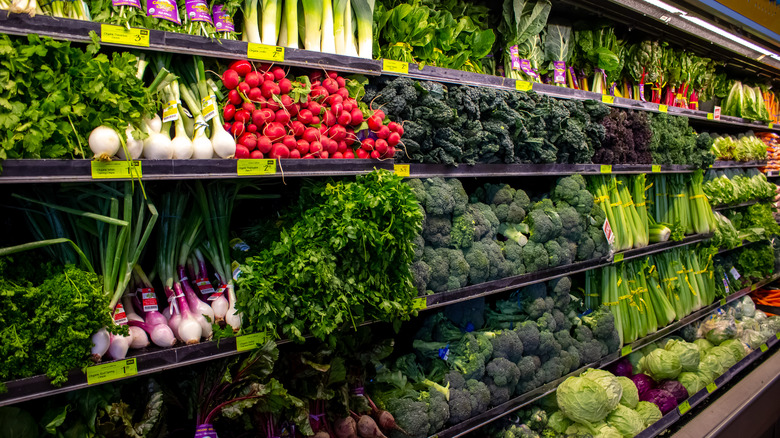Why 'Clean' Food Labels Don't Really Mean Anything
The world of food labels is a confusing one — natural, organic, non-GMO, sugar-free, and clean are just a few. In addition, a laundry list of ingredients on the back of packaged foods may cause a bit of unease about what you are consuming, and rightfully so. In an ideal world, we'd trust the claims on the front of every package, but unfortunately, it's still the Wild West for manufacturers and their attempts to target consumers. And as the popularity and demand for these healthy labels grow, the umbrella of interpretations they encompass seems to as well, per IFIS.
The perception of seeing "clean" on a food label is pretty straightforward — it must be healthy and sans any chemicals or harmful additives, right? Perhaps even no sugar or gluten or other commonly shunned ingredients in the health food world, correct? Well, it turns out it's not really straightforward at all.
If you're wondering what "clean" means on a label, you're not alone. According to a 2015 poll, 34% of people had no idea what it meant (via Food Quality & Safety). The odds are that percentage may have grown since then, and with good reason. "Clean" food labels don't really mean anything at all.
'Clean' isn't regulated
Between the Food and Drug Administration and the U.S. Department of Agriculture, a myriad of labeling regulations are overseen and closely monitored –, but "clean" isn't one of them. In other words, much like its label friend "natural," it could mean absolutely anything ... or nothing at all (via IFT). If you've ever searched #cleaneating and seen just about every type of food, this is possibly why. It's completely up to interpretation. To add salt to the wound, the connotation of the opposite of clean — dirty– perhaps instills fear in us around the foods we choose.
While the label "clean" means nothing, many brands may use it to signify the product is less processed than typical, but it's important to remember this is not guaranteed nor regulated. The good news is the demand for a clean label is growing, and the market is forecasted to reach close to $65 billion by 2026. Perhaps this means that in the future, there will be a label to delineate between ultra- and less-processed food, but for now? Clean may as well mean the package was wiped off with a cloth. It offers absolutely no insight into the contents of the food.

